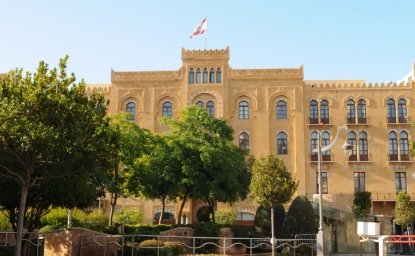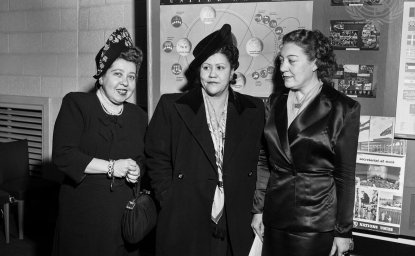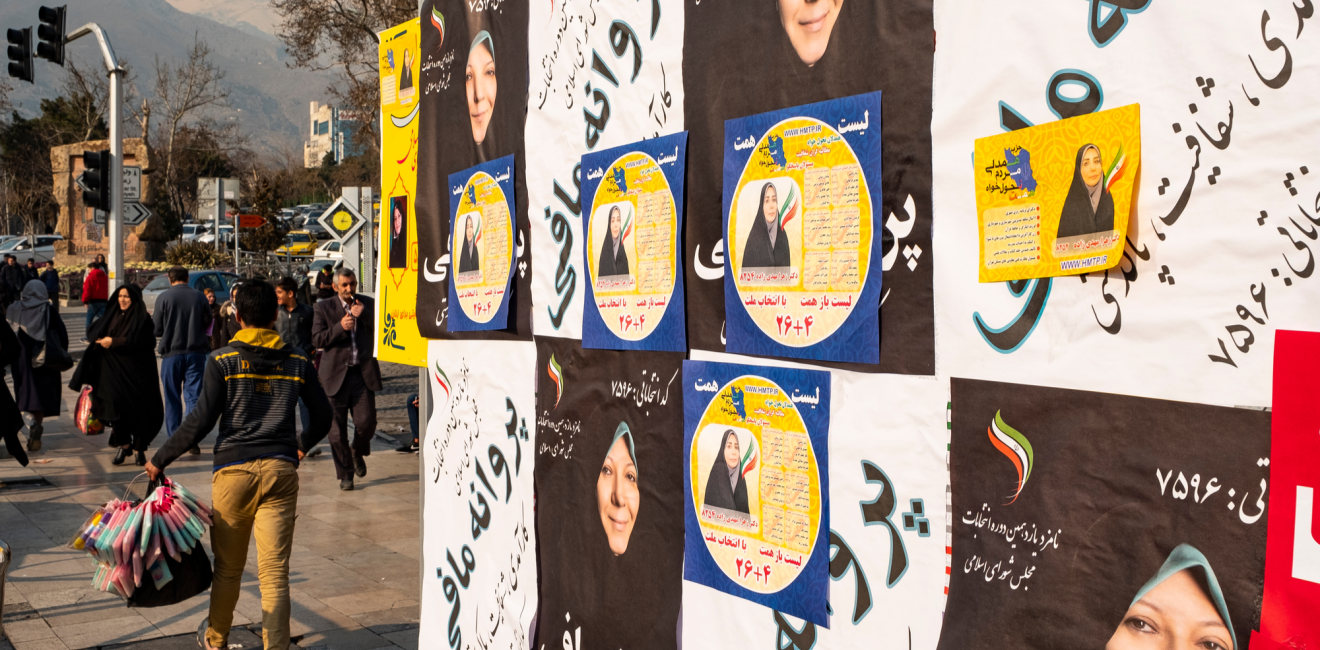The level of women's political representation is a pressing problem in the Middle East. It varies between countries, but according to the Gender Gap Index, the region has lowest score for women’s political empowerment: 12.1 percent. Iran and Turkey, two non-Arab countries with relatively similar social and political histories, show wide differences in this measure. Turkey’s score is slightly above the average, at 12.3 percent, but Iran’s score is a very low 3.6 percent. What explains this variation? Starting in the 1980s, the policy environments affecting the women’s movement in both countries began to diverge, most importantly with respect to their stances toward the Convention on the Elimination of All Forms of Discrimination Against Women (CEDAW). Adopted by the UN in 1979, CEDAW calls on member states to include gender equality in all policymaking. With this tool, women in Turkey were able to support their case for political inclusion, while women in Iran were denied three decades of political development.
Post-revolutionary suppression of secular and progressive activists also contained internal pressure to acknowledge women’s rights.
Since the 1979 revolution in Iran, institutions such as the Guardian Council, which is responsible for verifying the eligibility of candidates for national elections and ratifying legislation, has negatively affected the representation of women in high political positions. Though the new Iranian regime was invited to sign CEDAW, it was rejected. Post-revolutionary suppression of secular and progressive activists also contained internal pressure to acknowledge women’s rights. Furthermore, the impacts of the eight-year war with Iraq on the economy and infrastructure in the 1980s made it a low priority. The upheavals of the decade significantly delayed the growth of women's activism and calls for progressive change.
Roughly two decades after the revolution, the Iranian women’s rights movement underwent a revival. Emerging women's magazines such as Women, Hajar’s Message, and Women's Rights, sketched an outline of women's demands.[1] The opening of the political space that came at the beginning of Khatami's presidency in 1997 sparked the reform movement and strengthened Iranian civil society. This new political scene gave female members of the sixth parliament the leverage to prioritize the empowerment of women in ministries and change policies that held women back.[2] While these efforts led to an increase of women in deputy and advisory positions in the next government, no formal changes were made to improve women's political inclusion. At the height of the reformist movement, Iran’s parliament passed a bill to implement CEDAW in May 2003. However, it was not ratified by the Guardian Council since it was deemed opposed to Islamic teachings.
Furthermore, there were no female ministers in Rouhani’s administration nor are there in Raisi’s proposed cabinet.
With the end of the reformist era, the activities of Iranian civil society were restricted by the security establishment and the ruling conservative faction, which expected women to behave according to their “traditional” roles. The Zeinab Society, the most influential political-religious organization of women in Iran, lobbied conservative parties from within by using a women-friendly reading of religion.[3] It also allied with reformist women, leading to the approval of the first female minister since the revolution: Marzieh Vahid Dastjerdi, who served as minister of health from 2009 to 2013.[4] However, there have been no significant changes since, and today less than 6 percent of Iran’s parliament are women. Furthermore, there were no female ministers in Rouhani’s administration nor are there in Raisi’s proposed cabinet.
The revolution and its conservative institutions clearly limited the impact of the women’s rights movement and CEDAW in Iran. However, while the country was mired in the upheavals of the 1980s, Turkey experienced a prominent feminist movement. Women's rights activists with diverse political backgrounds took advantage of the Turkish government's desire to join the European Union by pushing to harmonize Turkish and EU law – their activism bolstered by Turkey’s ratification of CEDAW in 1985.[5] They also led Turkey to elect its first female prime minister, Tansu Ciller, and four female ministers in the Ciller and Erbakan governments in the 1990s.
The adoption of CEDAW in Turkey benefited women from different political backgrounds. In 2010, the Justice and Development Party’s (AKP) refused to support Fatma Bostan Unsal’s protest of the headscarf ban in the Turkish Grand National Assembly – she cited CEDAW to call the ban a discriminatory action. Fatima’s use of CEDAW led to the creation of an alliance with the Association for the Support and Training of Female Candidates (KA-DER), and in 2013 the ban was lifted.[6] The collective efforts of Turkish civil society in such cases contributed to a significant jump in the level of women's political representation, rising from 5 percent in 2006 to 12.3 percent in 2021 according to the Gender Gap Index.
The patriarchal and conservative rhetoric of the AKP emphasizes pronatalism and promotion of traditional gender norms as a national value.
Unfortunately, despite nearly three decades of gradual progress, the AKP’s third term of rule has brought a series of democratic reversals that sharply increased pressure on the media and civil society and a significant change in the government's approach to gender policies.[7] The increase of political polarization also limits effective cooperation on women's issues in parliament.[8] The patriarchal and conservative rhetoric of the AKP emphasizes pronatalism and promotion of traditional gender norms as a national value. This has undermined the presence of independent women's organizations in the policymaking processes, strengthened the taboo of women's presence in local and national politics, and sidelined women to feminized positions in government. Today, only about 17 percent of members of the Turkish parliament are women, and family responsibilities persist as obstacles to increasing women's political representation.
In both countries, the political empowerment of women is far from the target set by the SDGs. However, the ratification of CEDAW in Turkey clearly gave women more tools to increase their political empowerment than in Iran. In Turkey, women leaned on CEDAW to eliminate discriminatory policies and took advantage of engagement with international norms. Due to Iran's lack of commitment to those norms and restrictive political, Iranian women have been deprived of powerful binding tools, such as CEDAW, and their descriptive and substantive representation has thus been severely suppressed.
Given the current political structure of both countries, efforts to avoid the polarization of women's issues will strengthen women's unity and their effectiveness in policymaking. Encouraging the presence of women in local politics also breaks the taboo of their leadership in political institutions. Finally, mandatory quotas for women in parties and the establishment of commissions for female MPs will help to increase women’s substantive political representation. These changes may improve representation overall, but true change will not be achieved in Iran or Turkey until ruling elites reform their patriarchal views and stop politicizing women and their bodies to promote conservative ideologies. Otherwise, the existing structures will not be able to meet women’s demands or progress society as a whole.
The views expressed in these articles are those of the author and do not reflect an official position of the Wilson Center.
An earlier version of this article omitted references of original work by several authors. The full list of citations is below.
This article was updated on Friday, October 1, 2021 at 4:00pm.
[1] Tajali, M. (2017). Protesting gender discrimination from within: women’s political representation on behalf of Islamic parties. British Journal of Middle Eastern Studies, 44(2), p. 186.
[2] Moghadam, V. M., & Haghighatjoo, F. (2016). Women and Political Leadership in an Authoritarian Context: A Case Study of the Sixth Parliament in the Islamic Republic of Iran. Politics & Gender, 12(1), p. 192.
[3] Hoodfar, H., & Sadr, S. (2010). Islamic politics and women's quest for gender equality in Iran. Third world quarterly, 31(6), p. 897.
[4] Tajali, M. (2015). Islamic women's groups and the quest for political representation in Turkey and Iran. The Middle East Journal, 69(4), pp. 574-576.
[5] Kabasakal Arat, Z. F. (2017). Political parties and women’s rights in Turkey. British Journal of Middle Eastern Studies, 44(2), p. 253.
[6] Tajali, M. (2017). Protesting gender discrimination from within: women’s political representation on behalf of Islamic parties. British Journal of Middle Eastern Studies, 44(2), pp. 191-192.
[7] Cindoglu, D., & Unal, D. (2017). Gender and sexuality in the authoritarian discursive strategies of ‘New Turkey’. European Journal of Women's Studies, 24(1), p. 41.
[8] Taşkın, B. (2021). Political Representation of Women in Turkey. Open Gender Journal, 5, p. 12.
Author

Middle East Program
The Wilson Center’s Middle East Program serves as a crucial resource for the policymaking community and beyond, providing analyses and research that helps inform US foreign policymaking, stimulates public debate, and expands knowledge about issues in the wider Middle East and North Africa (MENA) region. Read more


Middle East Women's Initiative
The Middle East Women's Initiative (MEWI) promotes the empowerment of women in the region through an open and inclusive dialogue with women leaders from the Middle East and continuous research. Read more

Explore More
Browse Insights & Analysis
Women are the Catalysts for Change in Lebanon





